The Ed's Up - A Writing Case Study
Behind-the-scenes: On writing and practiced intentionality
Every June, since 2022, I’ve spent a week on Catalina Island to support the USC Storymakers Program—an initiative created by my wife Liz Neeley to train environmental scientists in the art of storytelling. Liz and her co-conspirator Victoria Fine designed the program to pull researchers away from the ceaseless grind of academia, and put them in a beautiful space in which they can exhale, think, learn new skills, and form community. It’s summer camp for mid-career academics. Almost every fellow has talked about Storymakers as a life/career-changing experience.
I mention all of this because I’m the writing instructor for the week. Teaching isn’t something that comes naturally or easily to me, but I love how it forces me to deconstruct my own process—to explain how and why I make certain writing choices. Indeed, I spend much of my workshop emphasizing that writing is not a nebulous, magical skill, but an act of practiced intentionality. You have to know what you’re trying to achieve, and the clearer you are about those goals, the easier the work becomes.
Let me show you what I mean, by working through an example that I use on the island.
In July 2022, I read a fascinating paper by Jacob Bor and colleagues, which contextualized America’s pandemic’s deaths as part of a longstanding historical tragedy of broken healthcare and failed social systems. Here’s the abstract:
We assessed how many U.S. deaths would have been averted each year, 1933-2021, if U.S. age-specific mortality rates had equaled those of other wealthy nations. The annual number of excess deaths in the U.S. increased steadily beginning in the late 1970s, reaching 626,353 in 2019. Excess deaths surged during the COVID-19 pandemic. In 2021, there were 1,092,293 “Missing Americans” and 25 million years of life lost due to excess mortality relative to peer nations. In 2021, half of all deaths under 65 years and 91% of the increase in under-65 mortality since 2019 would have been avoided if the U.S. had the mortality rates of its peers. Black and Native Americans made up a disproportionate share of Missing Americans, although the majority were White.
And here’s the first paragraph from the piece that I eventually wrote. The bracketed numbers don’t appear in the piece; I’ve added them here to mark out each sentence for easy discussion:
(1) Jacob Bor has been thinking about a parallel universe. (2) He envisions a world in which America has health on par with that of other wealthy nations, and is not an embarrassing outlier that, despite spending more on health care than any other country, has shorter life spans, higher rates of chronic disease and maternal mortality, and fewer doctors per capita than its peers. (3) Bor, an epidemiologist at Boston University School of Public Health, imagines the people who are still alive in that other world but who died in ours. (4) He calls such people “missing Americans.” (5) And he calculates that in 2021 alone, there were 1.1 million of them.
The start of any piece is known in journalism jargon as the lede. It should be a lure that entices readers and makes them want to read the rest of the story. It should be a trailer, which gives an accurate reflection of the content and tone to come. And it should be a flex, which demonstrates that the writer knows what they’re doing. It’s perhaps the single most important part of any piece of writing, and the part I spend the most time on. This paragraph took three fucking hours.
The original paper was very stats-heavy, and I wanted to find a compelling way of conveying its ideas without a bunch of cold numbers. And then I realized that at its core, this paper is about an alternative reality—a look at a world in which Americans died at the same lower rate as other wealthy nations. Hence sentence (1). Now, instead of a somewhat abstract block of stats, we begin with a protagonist who is basically daydreaming. It’s relatable, whimsical, and inviting.
Then things immediately get darker. U.S. exceptionalism was a huge challenge for this piece: as one source told me, many Americans simply don’t know “just how poorly we do as a country at letting people live to old age.” Sentence (2) was an attempt to get such readers up to speed very quickly, lest the very idea of this study crash into a wall of cognitive dissonance.
But it’s a long sentence, which sends us back into the more abstract realm of national health expenditure and chronic disease rates. I wanted to ground the reader again and give them an emotional tether to those trends. And it’s there in (3): Ultimately, all of this is about actual people who should be alive, but aren’t.
Sentence (4) introduces some jargon—the “Missing Americans” phrase that Bor used, and that I turn to throughout the piece. It continues the emotional thread from the previous sentence. These people aren’t just dead. They’re missing. There’s a sense of injustice here.
Finally, in sentence (5), we reveal how many there are. It stands alone as the only non-date number in the paragraph, which I think makes its impact land harder. And note: because sentence (3) casually dropped Bor’s qualifications, you’re not left wondering here how this otherwise random person came up with this shocking number. We get into the specifics later, but these small moves establish credibility early on.
Now, you may well dislike what I did, or have constructed the paragraph differently, but my point is that every part of this 108-word clump was very deliberately considered. What’s the key information I need to convey? How can I address yeah-buts in a subtle way? How can I establish the stakes? Can I create an emotional arc? The cadence is deliberate, too: short sentence; very long sentence; medium-length; short; short. (1) is a brisk on-ramp. (2) has you almost holding your breath. (4) and (5) should feel like punches. It’s all by design. Practiced intentionality.
(I also tell would-be writers and students to deconstruct pieces of writing that resonate with them, to work out what makes them good. Most of the choices I wrote about above can be reverse-engineered from the text without me needing to explain them. It’s all on the page.)
Kenya Bird Photos
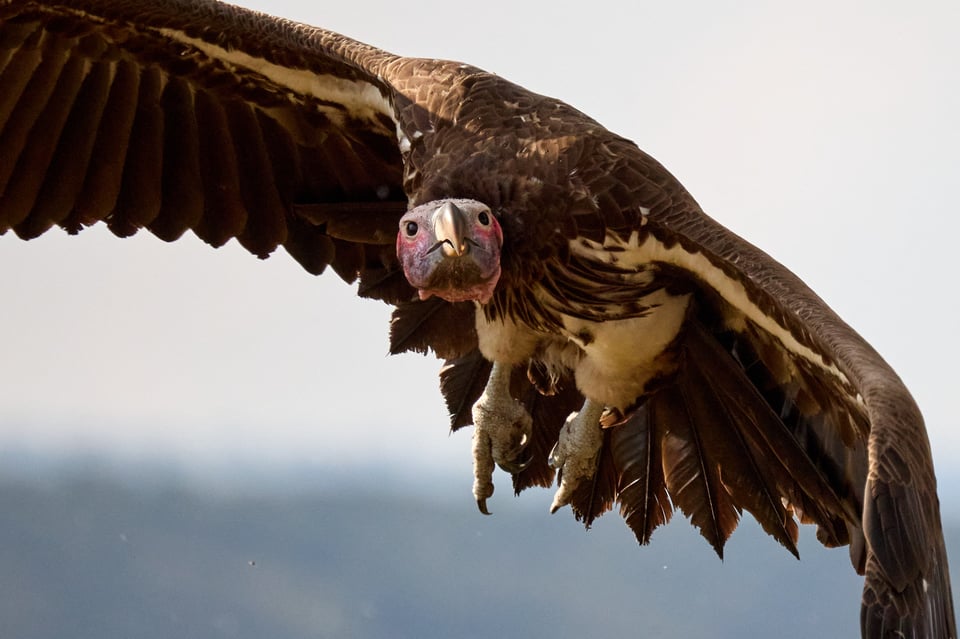
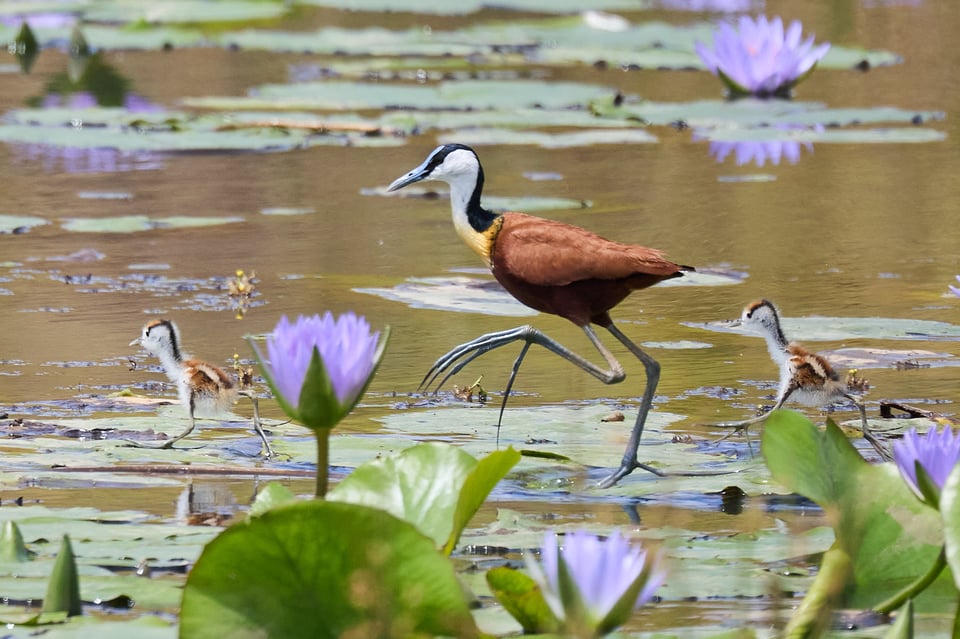
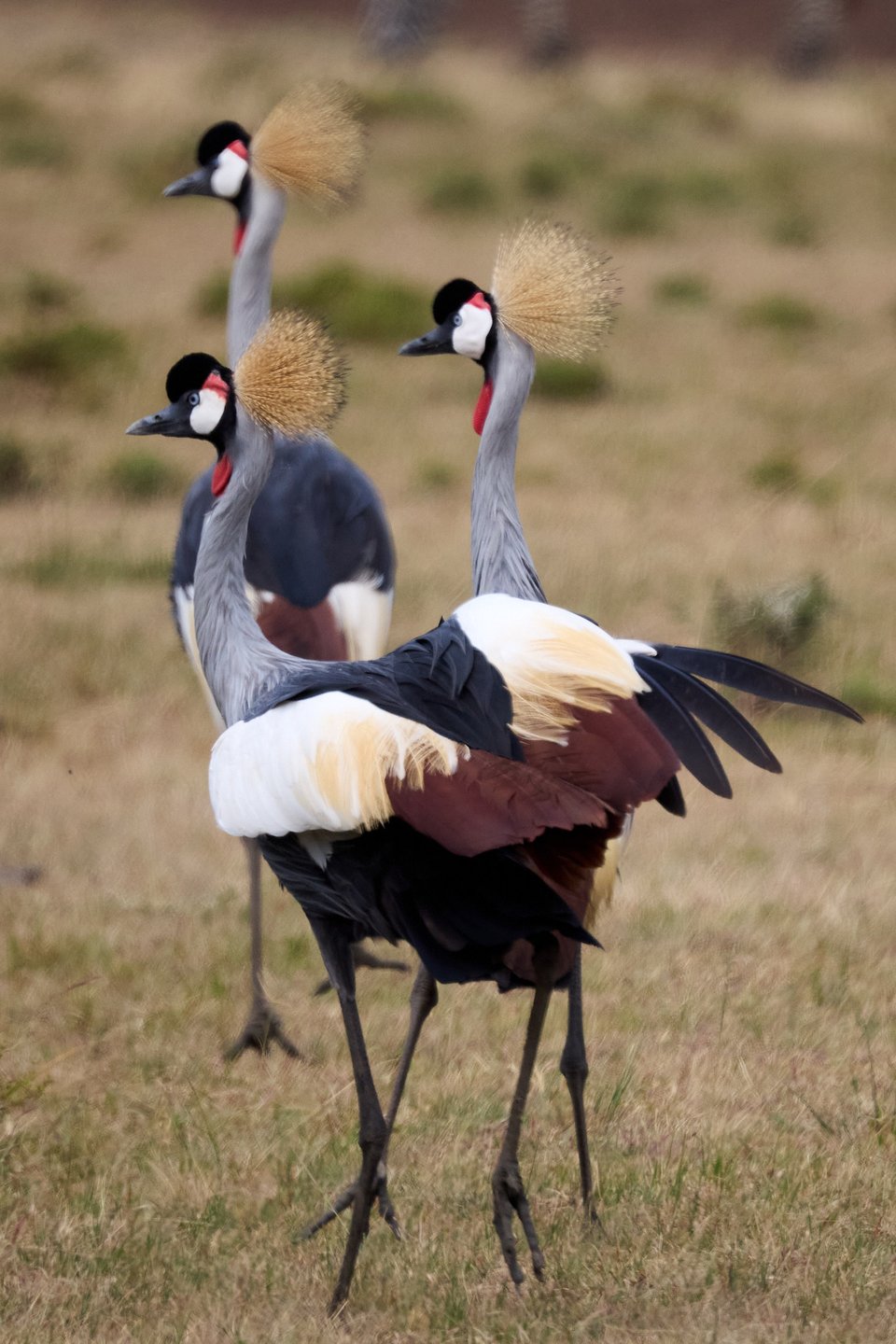
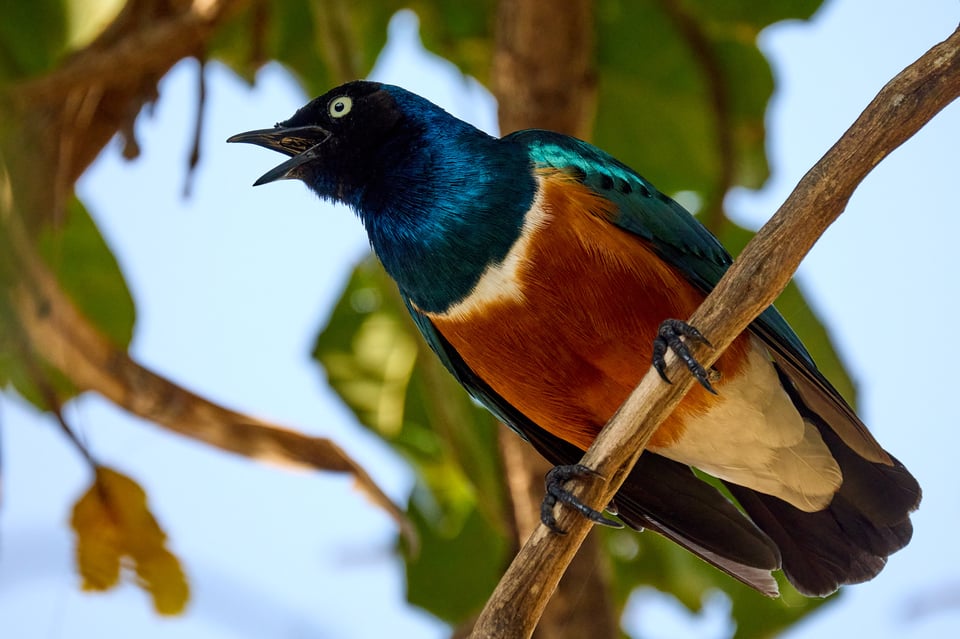


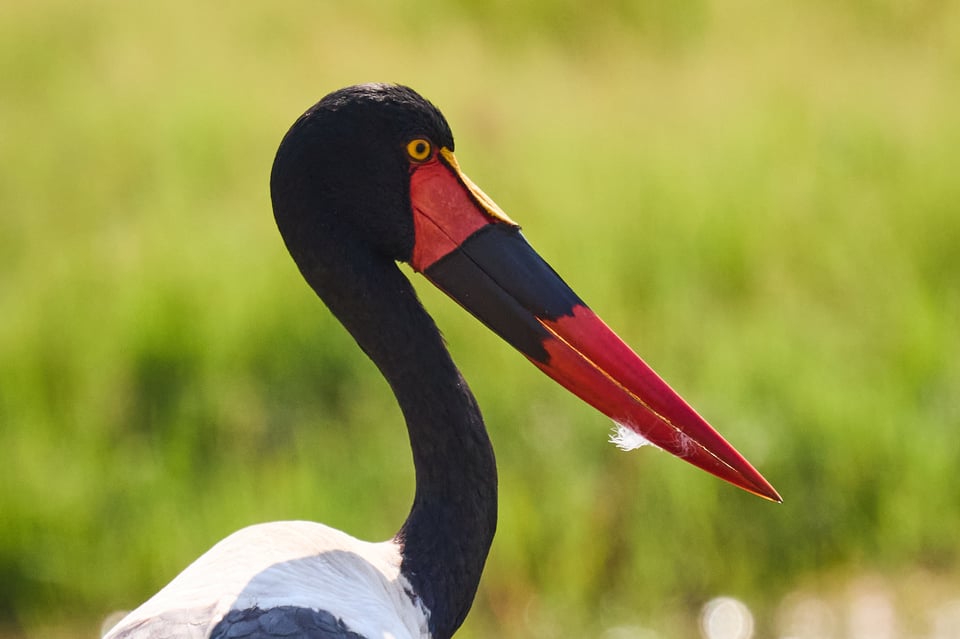
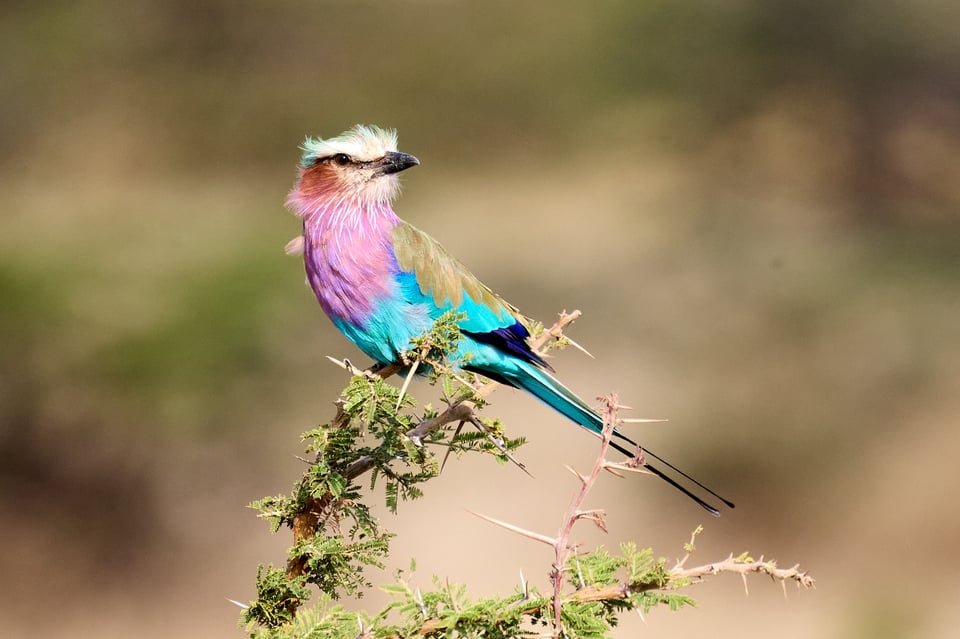
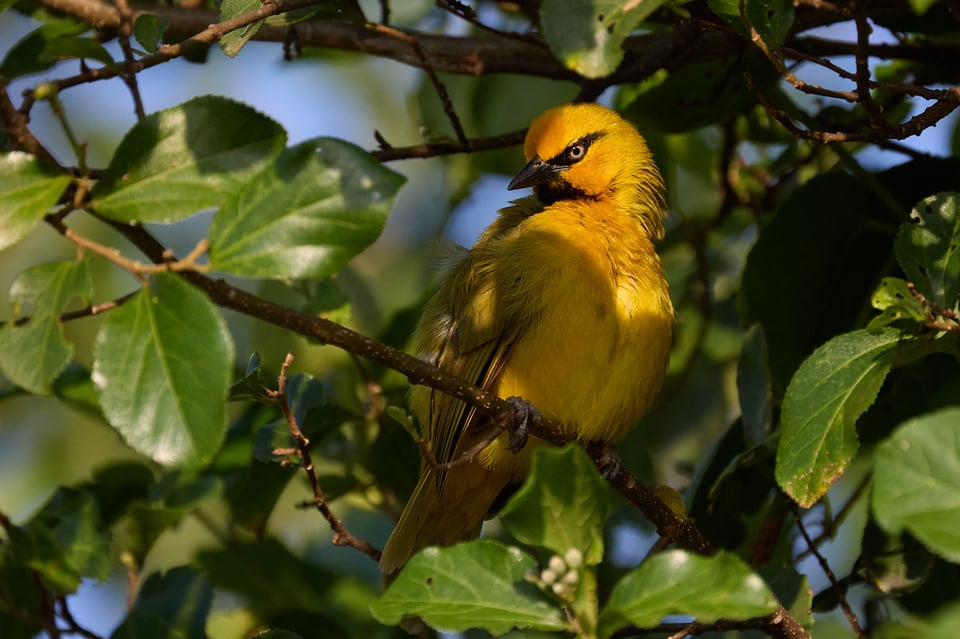

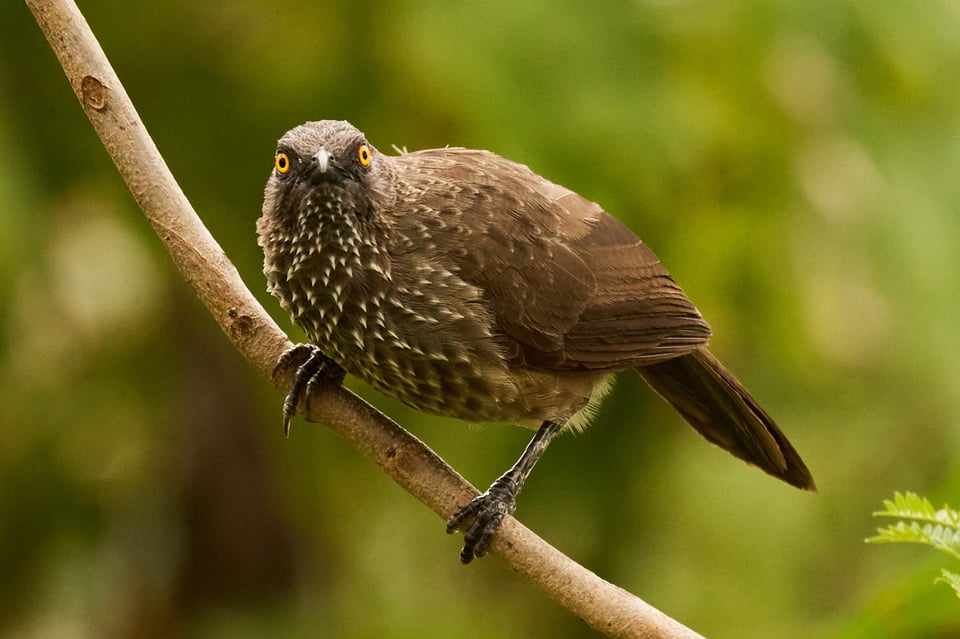
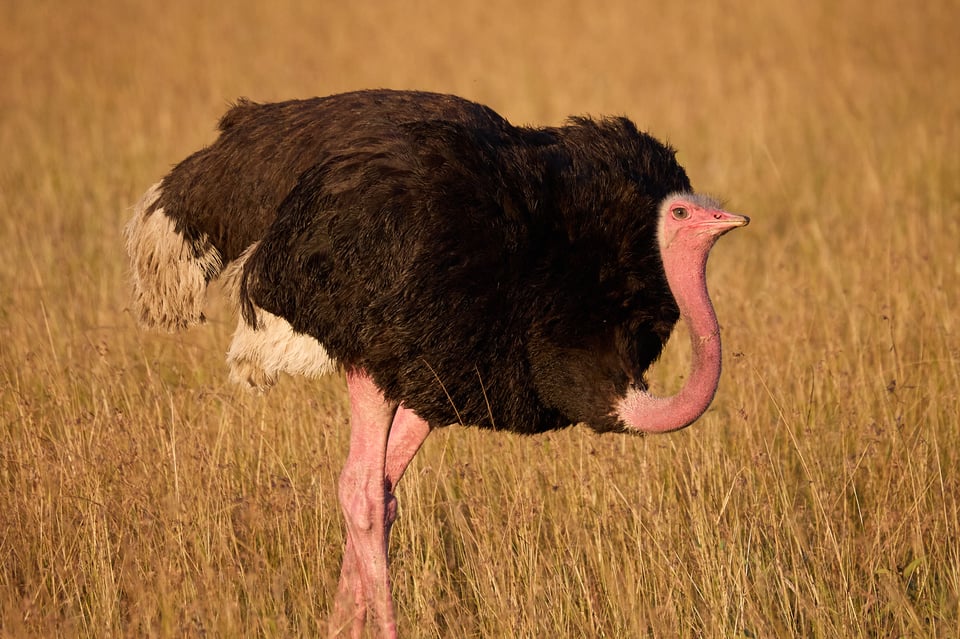

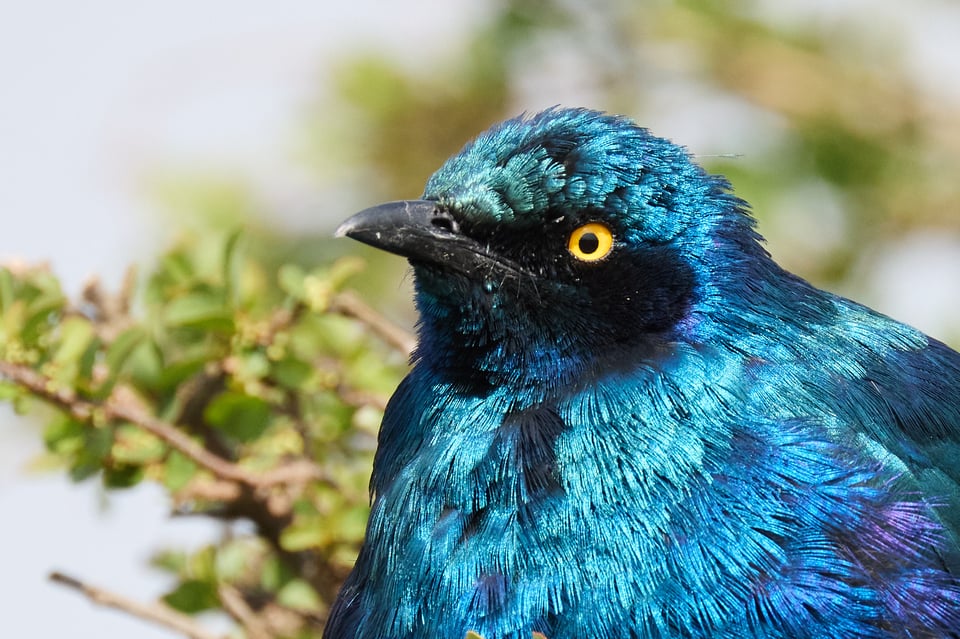
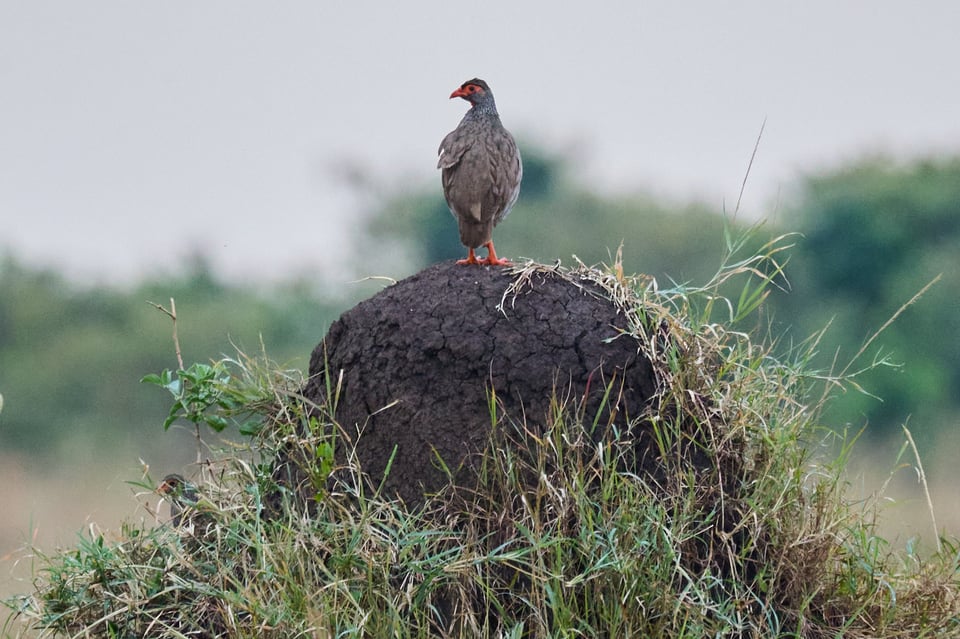
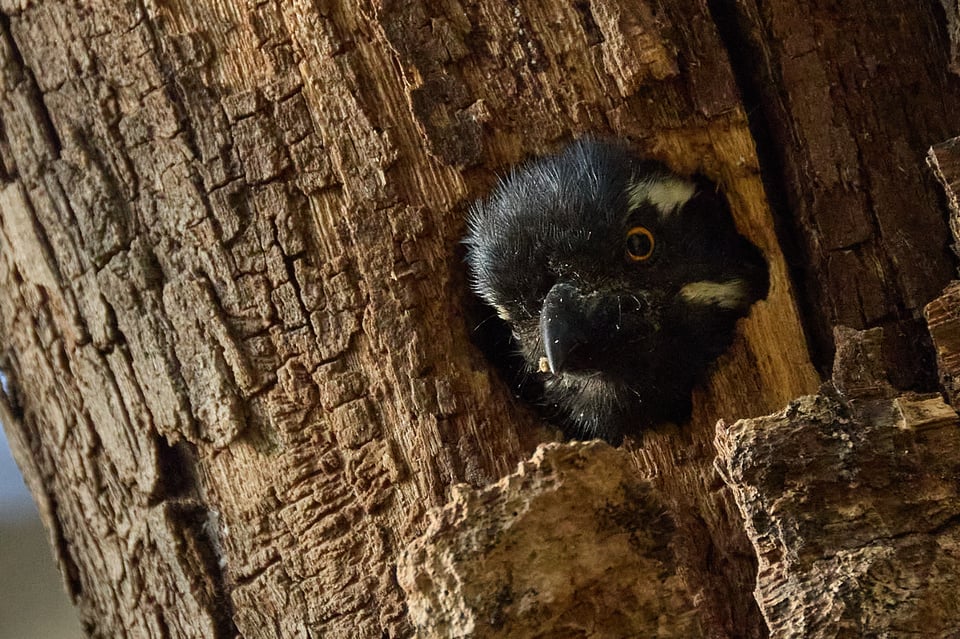
On Gaza
As per usual, here is a collection of pieces about Israel’s ongoing, US-funded genocide in Gaza. By this point, I’m not expecting many minds to change, but such change is still possible, and regardless, it is important to bear witness. I’ll note, though, that the Venn diagram showing “people who don’t think a genocide is occurring” and “people who can’t figure out how to unsubscribe to a newsletter on their own” is close to a perfect circle. For those inside that circle, the bye-bye clicky words are at the bottom of this email, and you can show yourselves out. For everyone else:
“A piece of shrapnel had pierced my mother’s shoulder—which she was using to shield my head—and it had made no sound. I couldn’t comprehend it. I couldn’t ask if she was still alive.” Lujayn, a 14-year-old from Gaza, writes a second piece about her experiences.
“Many of the people we interviewed, some speaking anonymously, some speaking publicly for the first time, offered an account not only of Jewish violence against Palestinians dating back decades but also of an Israeli state that has systematically and increasingly ignored that violence.” Ronan Bergman and Mark Mazzetti tell the story of how ultranationalists “moved from the fringes to the heart of Israeli political power.”
“A 9-year-old Palestinian boy lost his mother, father and two siblings in an Israeli airstrike early in the Gaza war. Within months, he, too, was killed.” Raja Abdulrahim on childhood—or the absence of it—in Gaza.
“An arms embargo is a relatively moderate demand given the scale of the suffering in Gaza. This week’s crowds — and the voters they potentially represent — ask Harris to acknowledge, simply, that matters cannot continue as they are. Something has to give before Israel destroys Gaza and its people in their entirety.” Sarah Jones correctly identifies Gaza as the defining moral issue of our time.
“For many of us, this has been the reality of the last months: waiting for the image that will shake complacency and complicity; waiting for the image so staggering it’ll be non-negotiable. An amputated toddler. A blown-apart body. A girl hanging from the side of a building. We are still waiting.” Hala Alyan on becoming numb to atrocity.
“We were taken to Megiddo. When we got off the bus, a soldier said to us: "Welcome to hell.” Rights group B’Tselem documents systemic abuse of Palestinian prisoners in Israeli jails—an account backed up by reporting by the Guardian and other testimonies
“Israel has cited Hamas’s underground tunnel system to cast every square inch of Gaza as a human shield. This apparently endless multiplication of the human shielding accusation has functioned to erase the possibility of Palestinian civilianness altogether.” Nicola Perugini and Neve Gordon on the attempt to legitimize genocide.
Other plugs
“From climate change impacts to smartphones keeping us constantly connected, wilderness is no longer a place to unplug in a land untouched by humans. And it never was. The land set aside as wilderness was expropriated from Indigenous peoples who managed that land for millennia. If the physical landscape and our ideas about wilderness are changing, what does that mean for the land we’ve set aside as wilderness?” How Wild is a new podcast from Marissa Ortega-Welch about wilderness and what it means. It’s topic I think about a lot, and Marissa does it justice and then some.
Tested, Rose Eveleth’s masterpiece podcast about sex testing in sport, is now complete and I can’t recommend the six-episode run enough. If you’ve been following the news from the Olympics about boxing champion Imane Khelif, this is the show you need to hear to contextualize it all. And check out the newsletter for more extra material from Rose, including an analysis of the Olympics case.
Upcoming talks
Come say hi; please wear a mask
17 September - University Forum at The University of Southern Mississippi.
24 September - Saint Mary's College of California.
23 October - Goucher College in Maryland.
That’s it for this week!
Next month, I’ll say more about my year-anniversary of being a birder, and I’ll hopefully be able to share the talk I just did at the XOXO conference—an honest look at what it was like to report on the pandemic.
As always, this newsletter is free, but you can choose to pay a monthly subscription (at whatever level you set) if you'd like to support my work.
Stay safe.